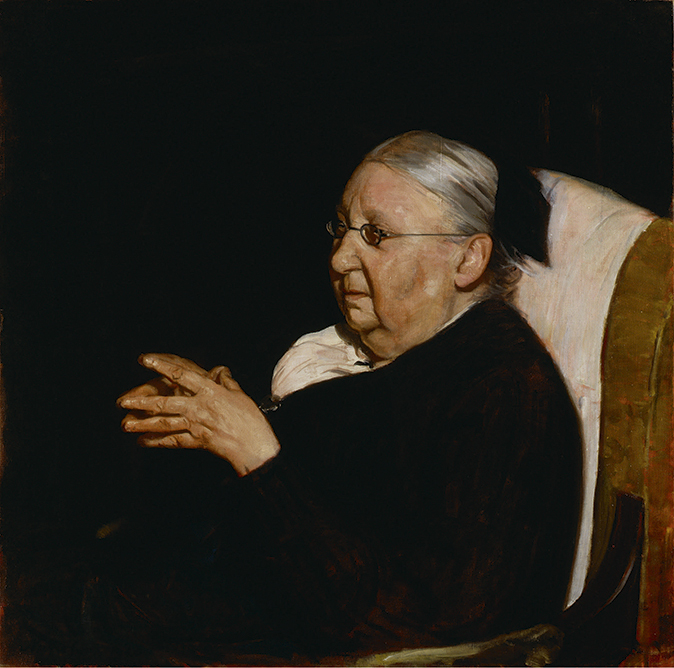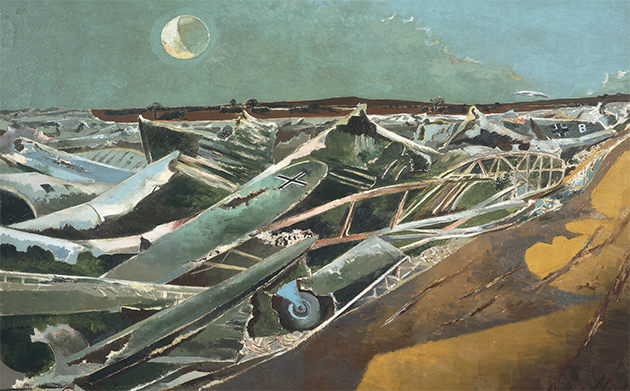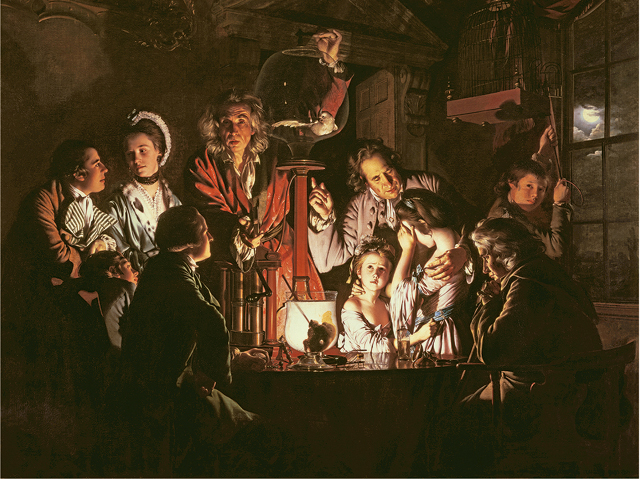My favourite painting: Saad Eddine Said
Saad Eddine Said of the New Art Exchange chooses a fascinating modern painting that's full of classical influences.


Saad Eddine Said on Three Graces by Kehinde Wiley
‘I discovered Kehinde Wiley’s work a few years ago. I was looking at the power artists have to look at history through the lenses of their canvases and found Kehinde Wiley’s delicate and elegant portrait of President Barack Obama.
‘His highly naturalistic paintings of black people and his constant reference to Old Master paintings strikes me as an important body of work — where the artist constructs and takes over the narrative of African-American men and women in contemporary culture. His work highlights the important impact of lack of representation within the Arts and how it takes away the richness of incredible talent and insight from the cultural landscape.’
Saad Eddine Said is the CEO and artistic director for the New Art Exchange in Nottingham.
Charlotte Mullins comments on Three Graces
Kehinde Wiley’s large portraits of black men and women are set against decorative backgrounds that look like wallpaper, the patterns breaking free and curling over their jeans and T-shirts. Meticulously painted faces, clothing and jewellery make the men in Mr Wiley’s Three Graces seem flesh and blood, but the elaborate tendrils flatten the surface, reminding us that this is a two-dimensional image. Each one of Mr Wiley’s paintings is based on a work from Western art history.
In this example, he used Raphael’s The Three Graces (about 1505) as a starting point. Raphael places his Greek goddesses in a rolling landscape. They are naked except for a wisp of inconsequential gauze and two coral necklaces. Each woman holds an oversized red apple, as if to remind the viewer of Eve’s temptation. Here, Mr Wiley borrows their pose, but flips everything else on its head. He shows clothed black men holding green granny smiths, who look out at us guardedly.
Mr Wiley has similarly re-created Caspar David Friedrich’s Wanderer above the Sea of Fog and Jacques-Louis David’s portrait of Napoleon. By always using black models, he counters the lack of diversity still present in Western art galleries and museums. He wants to give black people visibility and compensate for the lack of representation he noticed when visiting museums in Los Angeles, US, as a child. His trademark combination of black portraiture and patterning brought him to the attention of then President Barack Obama, whose portrait he completed in 2017. Mr Wiley was the first black artist to paint an official portrait of a President of the US.

Credit: Bridgeman images
My favourite painting: Joanna Trollope
'It looks to me as if painter and subject were very well matched '

My favourite painting: Penelope Lively
'I love William Nicholson’s work. His still-lifes are incomparable.'
Exquisite houses, the beauty of Nature, and how to get the most from your life, straight to your inbox.

My favourite painting: Robert Macfarlane
Robert Macfarlane chooses his favourite painting for Country Life.

My favourite painting: Nicola Shulman
Nicola Shulman chooses her favourite painting for Country Life.
Country Life is unlike any other magazine: the only glossy weekly on the newsstand and the only magazine that has been guest-edited by His Majesty The King not once, but twice. It is a celebration of modern rural life and all its diverse joys and pleasures — that was first published in Queen Victoria's Diamond Jubilee year. Our eclectic mixture of witty and informative content — from the most up-to-date property news and commentary and a coveted glimpse inside some of the UK's best houses and gardens, to gardening, the arts and interior design, written by experts in their field — still cannot be found in print or online, anywhere else.
